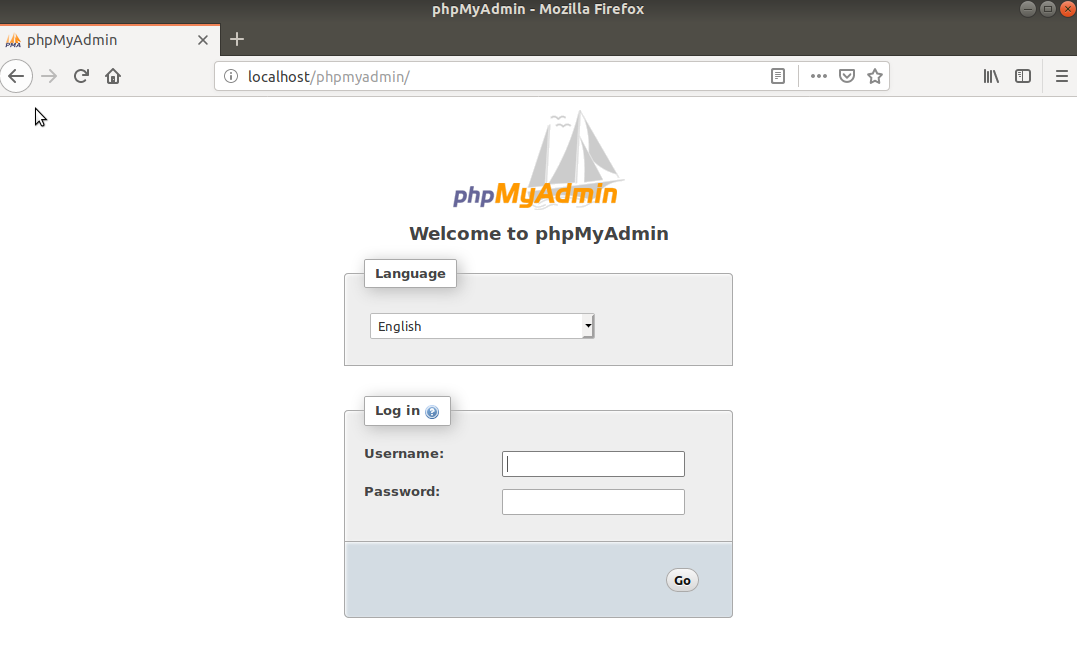

How to Avoid Your Outbound Emails Getting Marked as Spam.How To: Install Node.JS on Ubuntu Linux 18.04.How to: Install WordPress with LAMP on Ubuntu.

How to: Install MySQL Server on your Ubuntu 18.04 / 19.04 VPS.How to: Setup Openfire / Jabber XMPP Server.How to: Point a Domain Name to a Linux VPS using SkySilk.How to: Install Odoo on a Debian 9 SkySilk VPS.How to: Install Let's Encrypt on Ubuntu Linux VPS to Create SSL Certificates.How to: Use Postfix to Send Outbound Email as Gmail Relay.How to: Install Certbot-auto on Ubuntu Linux VPS to Create SSL Certificates.How To: Install Ghost CMS on your Ubuntu 18.04 Linux VPS.We will be proceeding as if using a non-root user) It is only required if you are using the guide above and running the commands as a user other than root. (Root user does not need to add sudo to these commands. If you need help setting up a new non-root user, please visit -> ) ( We recommend doing this as a user other than " root" however if you understand the security implications of using the root account, you may proceed with it. You can choose to leave this off if you'd like to manually inspect what will be upgraded before the operation proceeds. The - y flag will automatically accept these changes. The command below will update your packages and then upgrade them to the latest version. Please ensure that you have a proper backup solution in case things end up going awry when attempting to update an existing server. We are starting with a fresh VPS in this guide, however, you will be able to achieve this on an existing system as well. In this guide, we're going to briefly cover installing and configuring NGINX alongside phpMyAdmin.įirst off, we want to ensure that our system is up to date and on the latest packages.


 0 kommentar(er)
0 kommentar(er)
